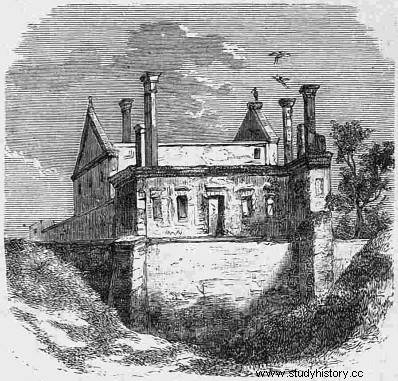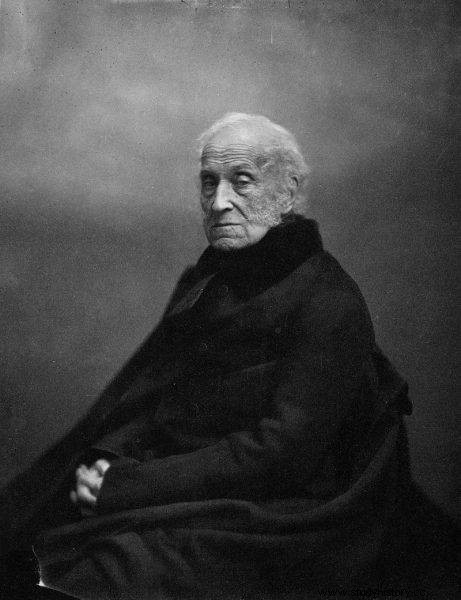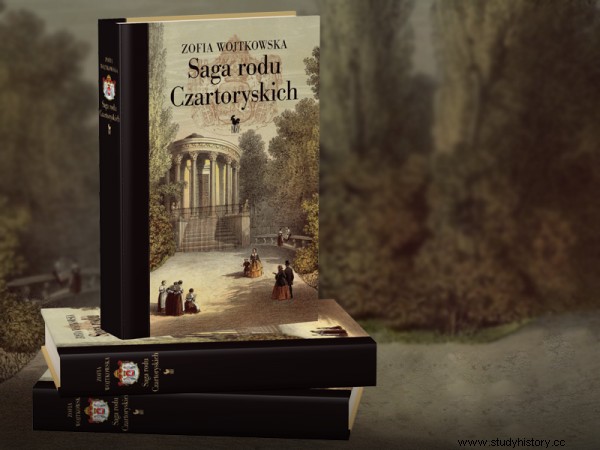Each of them made such a great contribution to history that today we can repeat Mickiewicz's words without fear:"The family of the Czartoryski princes, recently called simply" Familia "in Poland, (...) probably deserves a separate story" .
Almost two hundred years have passed since Mickiewicz's lecture at the Collége de France, and the Czartoryski family still haven't got their story written. Not only is there no monograph on the family, but even many of its significant representatives have not had their biographies in the book.
Although it seems improbable, there is no book about Izabela Lubomirska née Czartoryska, the creator of the greatness of Łańcut, Konstancja Poniatowska née Czartoryska, mother of King Stanisław August; We will also not find the biography of Michał Fryderyk and August, the famous founders of the Family as a political party. The only collective study devoted to Czartoryski is the reprint of the Polish Biographical Dictionary, published by Marian Kukiel in 1938, under the title Czartoryski. Thirty-six CVs .
Ordinary people from an extraordinary family
The Czartoryski Saga it is an attempt to fill this gap at least partially. However, it is not a monograph; this one is still waiting for a brave and enlightened historian. There is no ambition to present the political mechanisms that lifted the Czartoryski family to the top and then threw them off the summit. It is only a historical-literary walk through 500 years of Polish history, in which we go arm in arm with people bound by ties of blue blood.
Social and economic processes, estates, farms, wars, battles, schisms, alliances and political betrayals are only the background of the story. The Czartoryski Saga , as the title suggests, is a story about specific people. People who, though they were born into a special family and at special times, loved and hated as much as others. They were born, they were sick, they died, they were great and mean, faithful and treacherous, benevolent and little, wise and stupid. Contemporaries wanted to see them titans a lot, but they were just humans.

photo:public domain Ruins of the Czartoryski Castle in the 19th century
The time frame of the story is determined, on the one hand, by the first historical references to the lords of Czartorysk from the mid-15th century, and on the other hand, although the Czartoryski family remains quite large to this day, World War II. However, the time of wartime extermination and the years of communism, which took everything from the Polish aristocracy, gave its representatives one priceless thing:privacy.
If today we hear about someone named Czartoryski, it is because of his personal actions, and not because, as a family representative by birth, he is a public figure. That is why we leave the currently living representatives of the family alone, and those eager for rumors and reports about the contemporary fate of the Czartoryski family will not find in Saga food for your ideas of today's aristocracy.
Polish king in exile
The heroes of the book are only people who, because of their birth or entering a family, were the object of interest of contemporaries. From 1440, when the story begins, to the 1940s, there were several hundred of them. Of course, without wives, and only in the male line!
Compared to the Potocki family, it is still not much, but the Czartoryski family was quite numerous compared to some Polish aristocratic families. Describing all its members would be pointless and would dramatically limit the number of interested readers, but the fact that the heroes of this book were chosen was not easy. It was made completely subjectively and certainly to many readers of the Saga their beloved or especially hated characters will be missing.
The greatest character absent from this gallery is Adam Jerzy Czartoryski. Son of Izabela née Flemming, founder of Puławy, and officially Adam Kazimierz Czartoryski, founder of the Knight's School, or rather Nikołaj Repnin, the Russian ambassador in Warsaw. After the Kościuszko Uprising, sent by his parents to St. Petersburg as a guarantor of their loyalty to the empire, he became the heir to the throne's best friend and his wife's lover.

Prince Adam Jerzy Czartoryski
Together with Alexander, he planned the processes of Russia's democratization, and when he became tsar, he served as the minister of foreign affairs. At the tsar's side, against most of his countrymen, he fought against Napoleon, whom he considered to be the greatest fraud in modern history. Finally, disappointed with Russia's policy towards post-partition Poland, he broke off contacts with the tsarist administration and took over the leadership of the insurgent National Government during the anti-Russian November Uprising.
Sentenced to death and loss of property by Tsar Nicholas, he left for Paris, where founded the first political émigré party, called Hotel Lambert after Czartoryski's headquarters. A conservative group led by Prince Adam, called the Polish king in exile, unsuccessfully searched for diplomatic ways to change the geopolitical situation in our part of Europe and restore at least part of Poland to the maps.
Sinners and Saints
There is no profile of Adam Jerzy in Saga of the Czartoryski Family it is not accidental. Because what new can be written about the man to whom Marceli Handelsman, one of the most outstanding Polish historians, devoted a three-volume work? ( Adam Czartoryski , vol. 1-3, Warsaw 1948-1950). Whose biography was written in exile by Marian Kukiel, ( Prince Adam , Paris 1959) and in Poland Jerzy Skowronek ( Adam Jerzy Czartoryski. 1770-1861 , Warsaw 1994).
What can be added to the story of a man whose multi-volume correspondence has been the object of analysis by historians and politicians for 150 years, and his Sketch on diplomacy (Warsaw 2004) entered the canon of magazines devoted to diplomacy? His Political Diaries and Memories 1776–1809 (Warsaw 1986) students of political science study, and each text has been exegesis by Polish and Russian researchers of Polish-Russian relations?
The multivolume literary heritage of literature, history, politics, social affairs, diplomacy and art is recalled to this day by researchers of specific fields. Almost every fragment of this heritage has been thoroughly elaborated. It remains to refer the Readers first to the cited works, and possibly then to detailed studies.

The text is an excerpt from Zofia Wojtkowska's book "The Czartoryski Family Saga" which has just been published by Iskry Publishing House.
The lack of a separate profile for Adam Jerzy does not mean, however, that he will be absent from this book. From the story of his parents, through the story of his wife, siblings and children, Prince Adam will accompany the reader until the last chapter. Because from the 1830s, first Adam Jerzy himself, and then the memory of him, is the keystone of the family and a kind of signpost that shows the way for all Czartoryski. Whether they like it or not.
If the omission of Adam Jerzy or any other figure may raise objections from the Readers, the gallery of those who take us on this five-hundred-year walk through the history of Poland and Europe seems quite uncontroversial. They all belong, of course, to the Lithuanian Pogoń family. Most of them originate from it, but the heroines of separate chapters are also four women who joined the family as a result of marriage (Izabela née Morsztyn, Izabela née Flemming, Marcelina née Radziwiłł and Maria née Grocholska).
None of the heroines of the Saga he missed the pages of the book only because of his birth. Each of the 34 people whose fate constitutes the main axis of the story was a unique figure, both in public and private life. There are statesmen and ruthless politicians, diplomats and exiles, artists and patrons of artists, museum collectors and makers, wives and mistresses, writers and readers, great sinners and great saints.
Source:
The text is an excerpt from Zofia Wojtkowska's book "The Czartoryski Family Saga" which has just been published by Iskry Publishing House.
